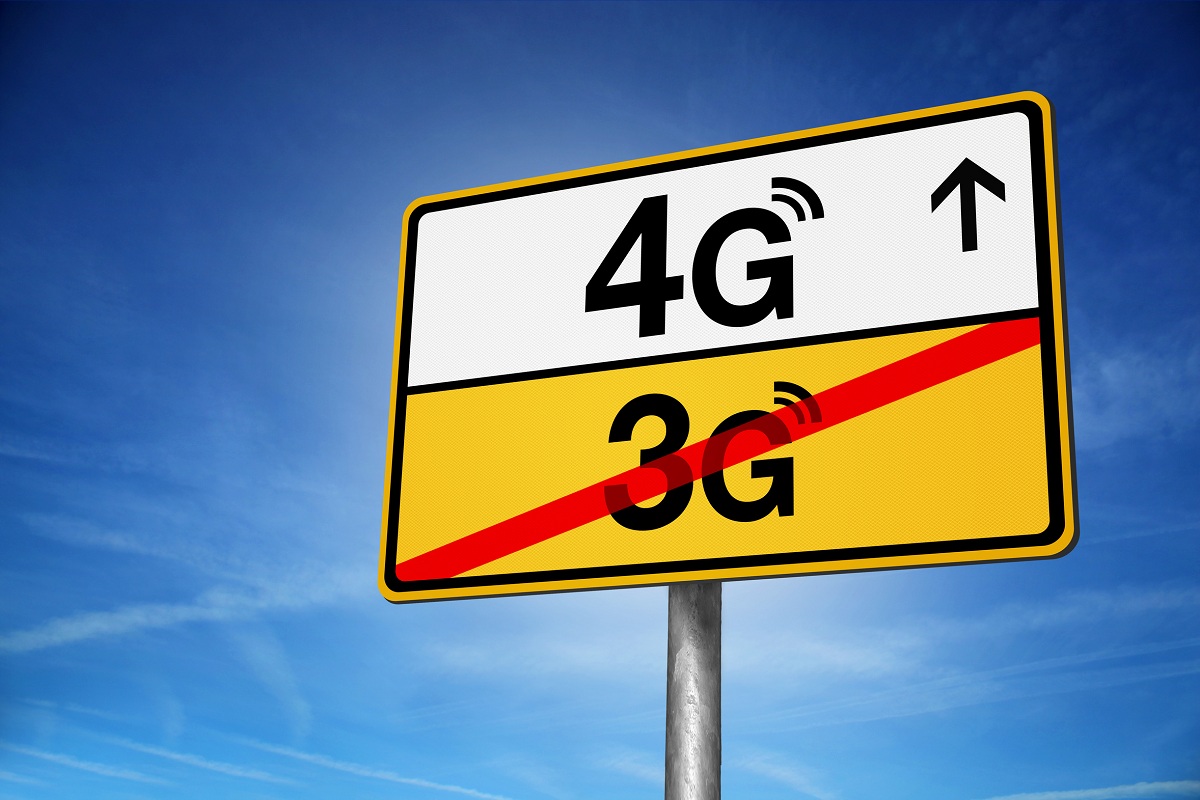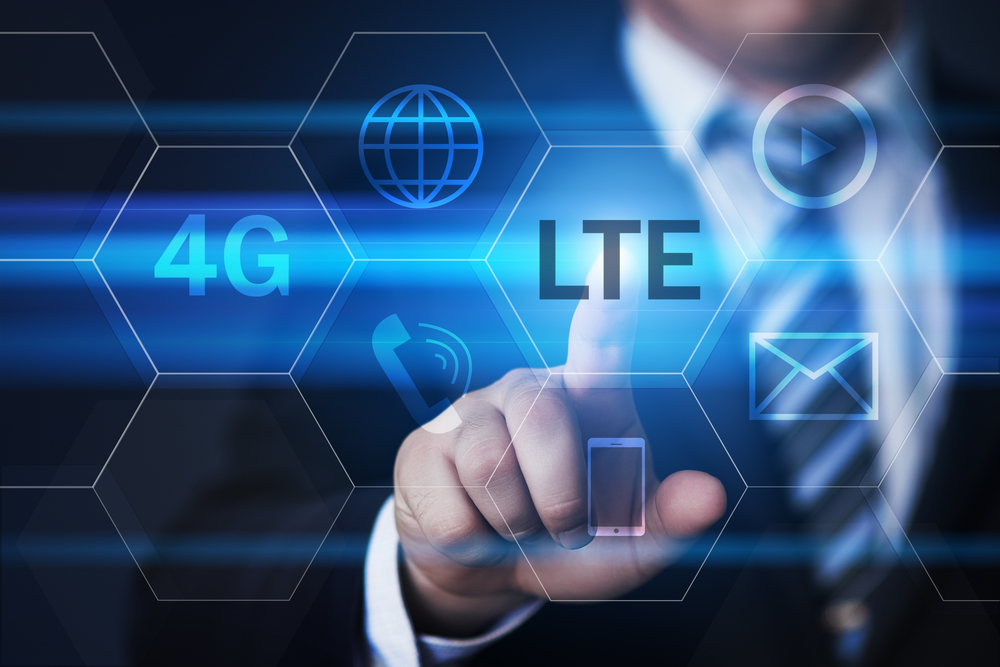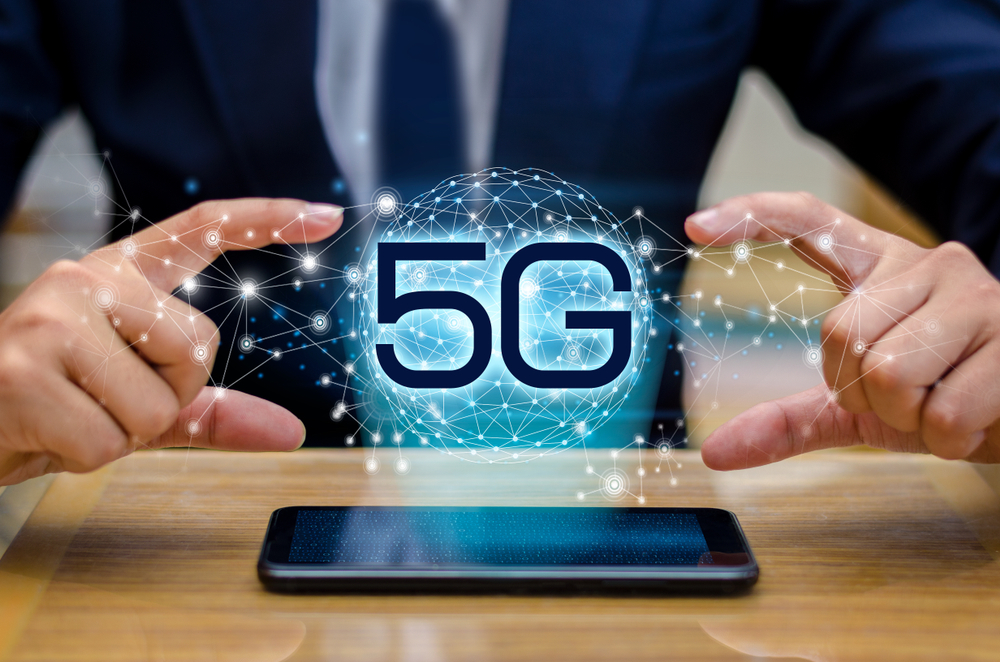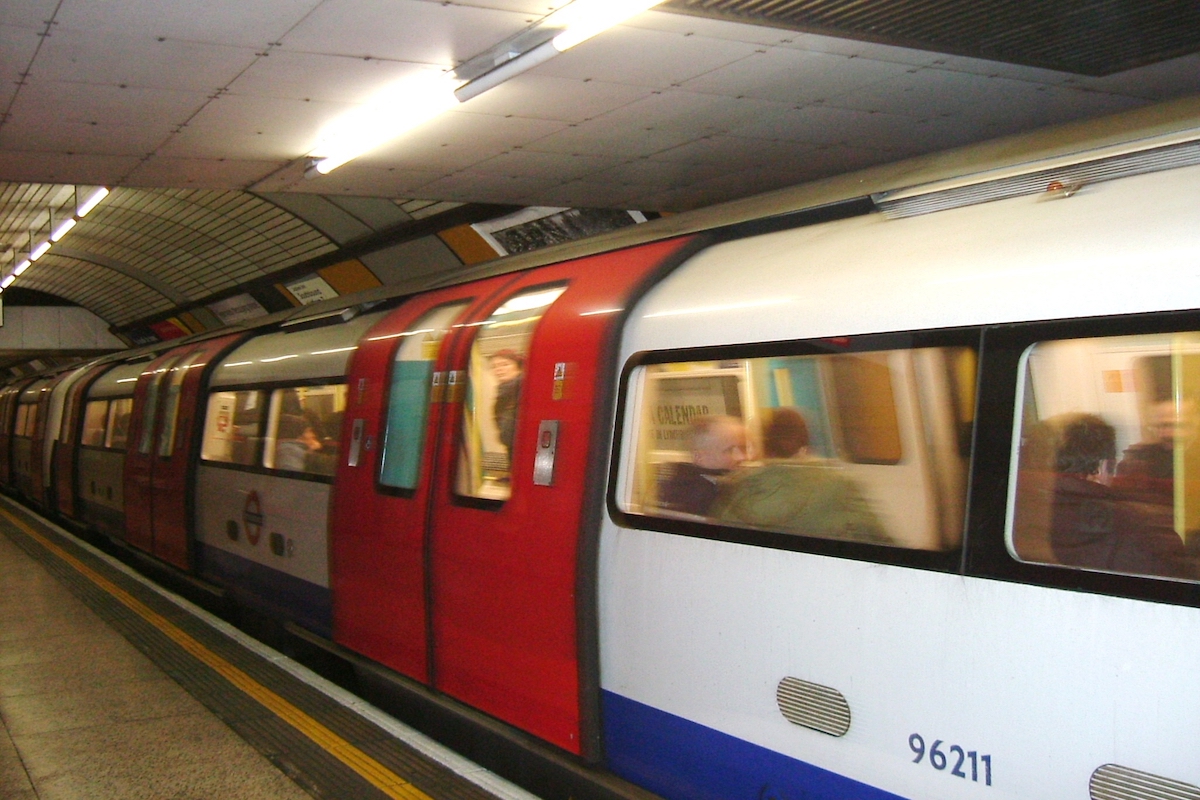What can the UK learn from 4G adoption around the world?
As the UK takes its first steps towards adopting 4G, what can it learn from its counterparts around the world - including Asia and the US - that already have a strong subscriber base?


2012 will go down as the year the UK caught up with the world, launching its first 4G network and promising to roll out high-speed data to everyone in 2013.
However, the UK is far behind the rest of the world in terms of availability and cost. 4G LTE arrived in the US in 2010 and it's now available in 194 cities across the country. High-speed data has also arrived in Asia with Japan and Korea leading the charge there.
It is clear that 2013 will be the year of 4G.
Even predictions for 4G take up in South America exceed targets in the UK and 4G only began rolling out in December 2012 across the continent.
The year of 4G
Strategy Analytics is excited about the worldwide enthusiasm for 4G in 2013. "It is clear that 2013 will be the year of 4G," it said in a report.
The research firm continued: "LTE smartphone shipments worldwide will exceed a quarter of a billion units for the first time. Multiple operators and multiple phone vendors will be launching dozens of LTE models across numerous countries worldwide. LTE has quickly become a high-growth, high-volume market that no operator, service developer, component maker or device vendor can afford to ignore."
Get the ITPro daily newsletter
Sign up today and you will receive a free copy of our Future Focus 2025 report - the leading guidance on AI, cybersecurity and other IT challenges as per 700+ senior executives
4G is set to explode in 2013, and even more so in the following years, hoping to hit a billion worldwide subscribers by 2017, according to Strategy Analytics, but what exactly can UK operators learn from those already reporting high 4G sign-ups when adopting high-speed mobile connections?
"Mobile operators worldwide have committed to 4G/LTE as the network technology of the future, but financial conditions, handset costs, and spectrum license availability will all influence the pace and scope of regional deployments," Harry Wang, director of digital health and mobile product research at Park Associates said in the company's report Driving 4G Adoption: Global Mobile Innovation report into mobile broadband adoption.
US leads the charge
The US was one of the first markets to start rolling out 4G in 2010 and at the end of its first year, 215,000 people were using high-speed mobile broadband. Fast forward to September 2012 and 22.3 million people are using 4G LTE across the country's main carriers AT&T, Verizon, Sprint and T-Mobile, according to Informa Telecoms and Media, which hosts the annual 4G Americas conference.
The US has a head start on the UK, with 20 per cent of worldwide 4G subscribers calling the States home, but the country is still trying to overcome issues to increase user sign up, to meet its targets of getting 202 million users subscribing to LTE by 2017.
Via 4G LTE, services are as good and as wired connections, but it cannot be rolled out to everyone in every area of the country because there isn't the capacity to do so.
To overcome this, 4G Americas and the Federal Communications Commission (FCC) governing body has developed the FCC National Broadband Plan has put together an action plan for operators and manufacturers to follow in order to increase sign ups. Many of these need to be addressed by UK operators to ensure the roll out doesn't stall.
First, more spectrum must be freed up to allow more people to be online at the same time, especially as 4G becomes available in new cities and the FCC's plan aims to free up 500MHz of spectrum by 2020.
From a technical point of view, new technologies must be developed to increase data throughput using the same amount of spectrum too.
Much of the FCC's plans centre around operators and directing them to introduce on and off peak data rates to ensure usage is paced throughout the day. To encourage this, they should offer incentives, which could also increase interest among people joining a 4G tariff, while discouraging people from exceeding data limits and abusing bandwidth.
"Deciphering optimal mobile data pricing schemes is an important piece of operators' monetisation efforts, and many are experimenting with their mobile data pricing plans," said Jennifer Kent, a research analyst at Parks Associates.
Preparing the way
Verizon is leading the 4G LTE revolution in the US and has made some progress in implementing the service with more than 194 cities supporting Verizon's high speed broadband. The company claims it is ready to support 200 million subscribers at present.
It has introduced a service called ShareEverything too, allowing multiple devices to connect to one 4G broadband package at the same time, making it more attractive to families, or those using more than one device, such as a smartphone and a tablet.
"Share data plans should encourage subscribers to add more mobile devices, while offering unlimited text messaging mitigates the threat of third-party messaging services like Whatsapp," explained Kent.
Asia and Pacific markets are already using some of the FCC's suggestions to encourage people to join 4G-enabled plans and as such, the continent is set to overtake the US in number of 4G LTE signups.
Parks Associates said countries in the region would have claimed more than 53 per cent of all 4G LTE subscribers by the end of 2012.
Fifteen carriers in Asia Pacific offer 4G LTE with affordable price plans that encourage people to subscribe to services.
ABI Research predicted another 58 out of 110 networks in Asia Pacific either have plans to roll out LTE in the next 12 months or are conducting trials.
"We estimate total Asia-Pacific mobile capital expenditure to reach $53.3 billion by the end of 2012," said Jake Saunders, vice president of forecasting at ABI Research.
About 62 per cent of the expense will be injected into radio access network deployment, while other expenditure includes Evolved Packet Core (EPC) and gateway upgrades to the core network as well as improving internal wireless coverage into densely populated areas, according to Saunders.
Limited scope
At the moment, only Everything Everywhere supports 4G in the UK and its data plans are the most expensive on the market.
With the auction for 4G spectrum set for early 2013, operators need to ensure they have the measures in place to help the UK become as important as the US and Asia Pacific markets for 4G, despite having a much smaller population.

Clare is the founder of Blue Cactus Digital, a digital marketing company that helps ethical and sustainability-focused businesses grow their customer base.
Prior to becoming a marketer, Clare was a journalist, working at a range of mobile device-focused outlets including Know Your Mobile before moving into freelance life.
As a freelance writer, she drew on her expertise in mobility to write features and guides for ITPro, as well as regularly writing news stories on a wide range of topics.
-
 Asus ZenScreen Fold OLED MQ17QH review
Asus ZenScreen Fold OLED MQ17QH reviewReviews A stunning foldable 17.3in OLED display – but it's too expensive to be anything more than a thrilling tech demo
By Sasha Muller
-
 How the UK MoJ achieved secure networks for prisons and offices with Palo Alto Networks
How the UK MoJ achieved secure networks for prisons and offices with Palo Alto NetworksCase study Adopting zero trust is a necessity when your own users are trying to launch cyber attacks
By Rory Bathgate
-
 Nokia and NASA join forces to bring 4G to the moon
Nokia and NASA join forces to bring 4G to the moonNews Cellular service will provide the communications needed for meaningful moon exploration
By Tyler Omoth
-
 Birmingham crowned the fastest UK city for 4G download speeds
Birmingham crowned the fastest UK city for 4G download speedsNews While Birmingham also recorded the highest speed hike over 2019, London came in at a middling 9th place
By Keumars Afifi-Sabet
-
 LTE vs 4G: Which is better?
LTE vs 4G: Which is better?In-depth Comparing LTE vs 4G has become common in recent years, but how exactly do they differ, and is 4G faster?
By Jane McCallion
-
 What is 4G?
What is 4G?In-depth A look at the fourth generation of mobile networking technology and its availability in the UK
By Rene Millman
-
 4G vs 5G - what's the difference?
4G vs 5G - what's the difference?Vs From 3G to 4G, mobile connectivity has revolutionised our lives. Now 5G is set to do it again
By Bobby Hellard
-
 The best 4G network
The best 4G networkIn-depth Every mobile provider offers 4G contracts, but which one is the best for you?
By Carly Page
-
 More than a million UK properties don't have access to 'decent' broadband speeds
More than a million UK properties don't have access to 'decent' broadband speedsNews Ofcom's Connected Nations report finds broadband is still lacking across 4% of the UK
By Roland Moore-Colyer
-
 4G London Underground coming in 2019, following successful tests
4G London Underground coming in 2019, following successful testsNews No more internet blackspots, even under ground
By Alan Martin